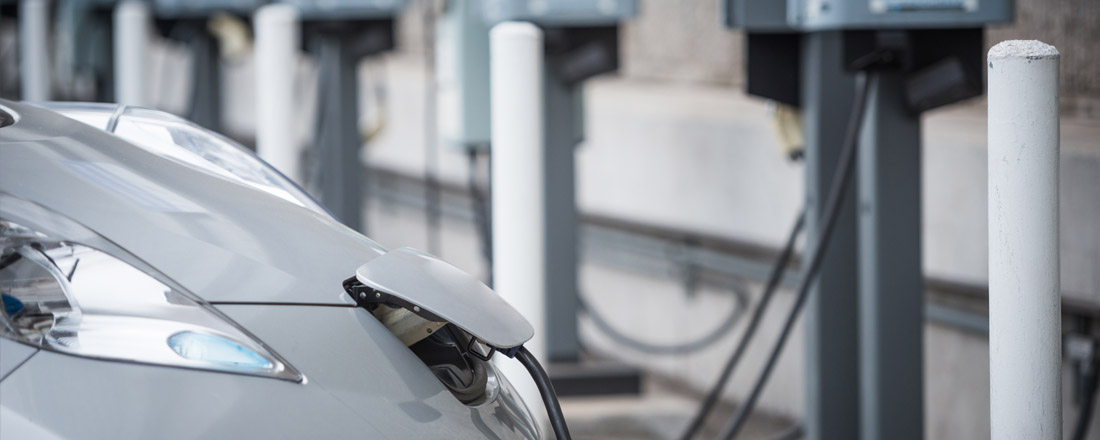Every year, as vehicle prices drop and battery life improves, more and more consumers are choosing EVs. As an increasing number of EVs are hitting the road, we’ve put together some information to help you decide if “changing lanes” to electric is the right choice for you.
What Is an EV?
An EV is any vehicle that can be plugged in and be fully or partly powered by electricity. The three main alternatives to gas vehicles are categorized by their level of electricity use compared to gas, as follows:
- Battery electric vehicles (BEVs) run solely on electricity.
- Plug-in hybrid electric vehicles (PHEV) run on electricity and use gas as backup.
- Gas hybrid vehicles (Hybrid) run solely on gas but also have electric components to help reduce gas consumption.
All of these options save you money on gas and help reduce your transportation-related greenhouse gas emissions. However, BEVs and PHEVs are typically associated with the term EV because their primary fuel is electricity, which can be generated from renewable energy sources like solar and wind.
How Do You Charge an EV?
The short answer is that you have more refueling options with an EV than with a gas-fueled car because you can charge your EV while you’re out, like a gas vehicle, as well as at home. When you charge your EV at home, MCE’s standard Light Green service is guaranteed to be at least 60% renewable. As an MCE customer, you can also opt up to Deep Green service, so that your EV (and all your home or apartment electricity) is powered with 100% renewable energy.
Charging at Home
You can either charge your EV at home with Level 1 charging in any regular outlet, or you can upgrade to a 240-volt outlet for faster Level 2 charging. For more information on the different types of home charging available, see our recent blog post, Answers to 7 FAQs about Charging Electric Vehicles at Home.
Charging Away from Home
When you’re out and about, you can find plenty of places to charge your EV at locations that you may already be visiting on your route—grocery store parking lots, parking garages, workplaces, highway rest stops, public parks, and more. Some locations even have fast chargers, which can power your car in as little as 30 minutes, just enough time to make your grocery store trip. To find an EV charging station near you or on your route, visit the PlugShare map on MCE’s website or use your preferred EV charging station locator app or map.
What Types of EVs Are on the Market?
There are over 50 models of EVs on the market. Current EV types include sedans, coupes, SUVs, hatchbacks, and crossovers. There are also plans to expand into EV minivans and truck models in the next two years. The current 2020 range for BEVs extends from 84 to 402 miles. The 2020 PHEV models have electric ranges anywhere from 14 to 126 miles, with any travel beyond the electric range fueled by a backup gas tank.
If you’re interested in learning more about the different types of EVs that match your budget and lifestyle, check out this EV Savings Calculator to compare models. There are also a variety of EV incentive programs that can help you reduce the upfront cost of a purchase or lease.
What other questions do you have about EVs? Let us know in the comments below or email us at info@mceCleanEnergy.org.






